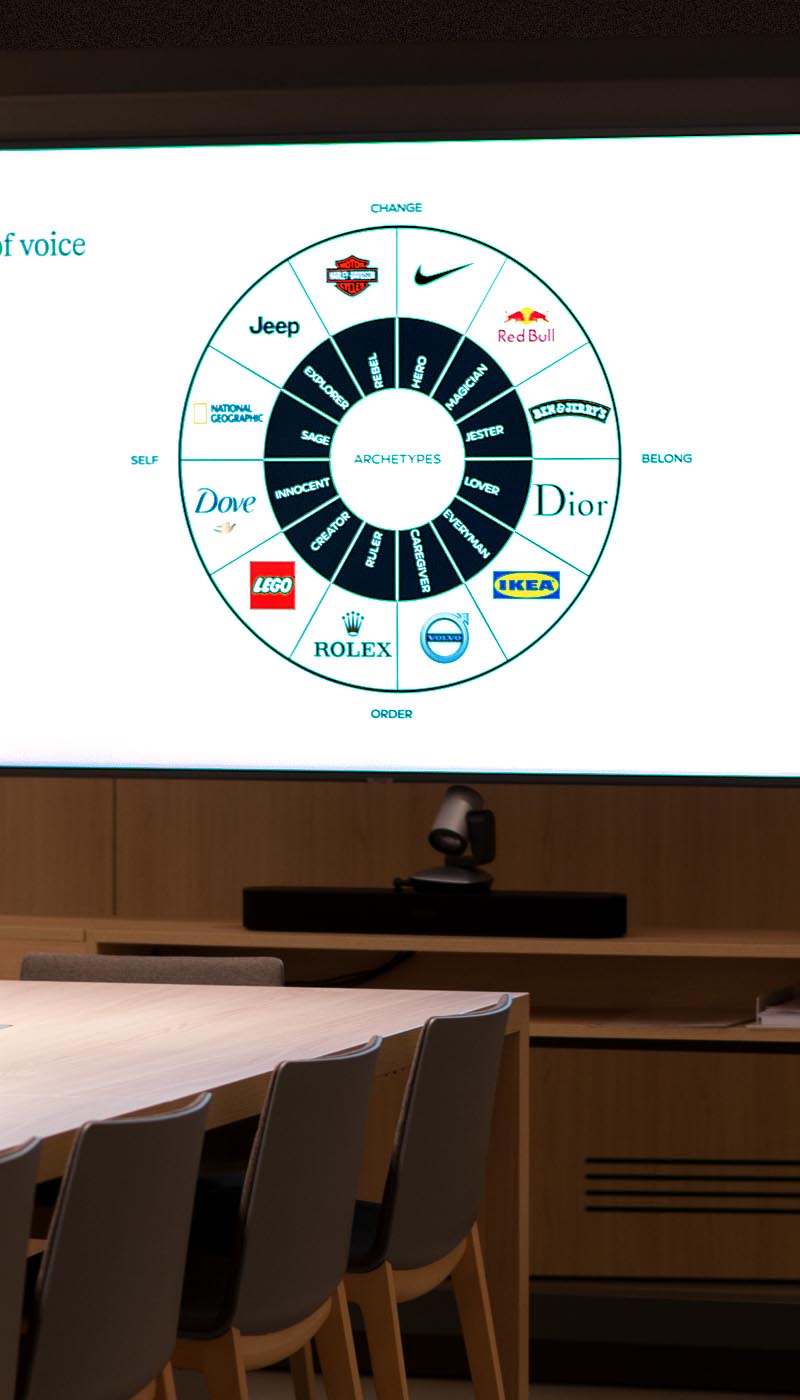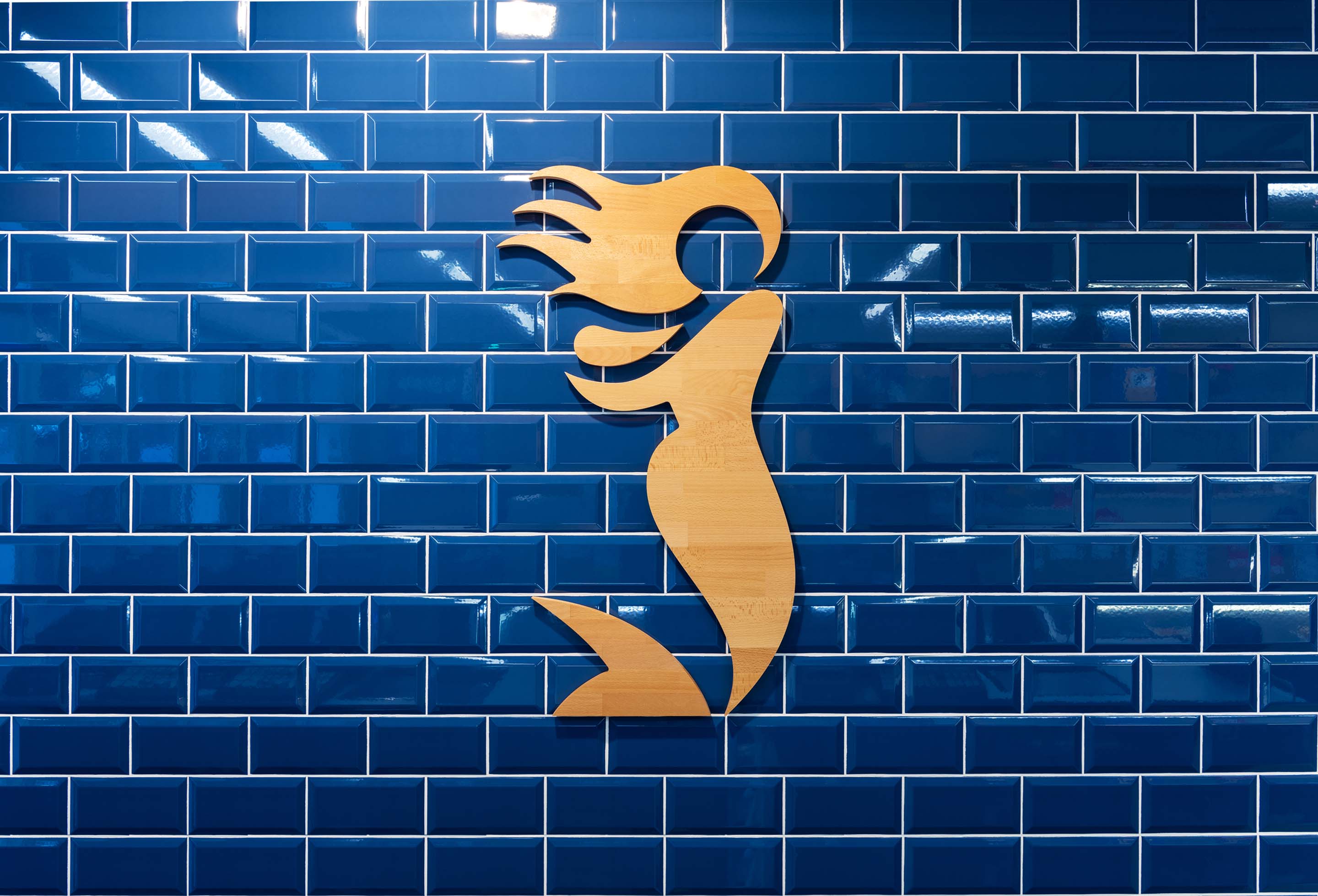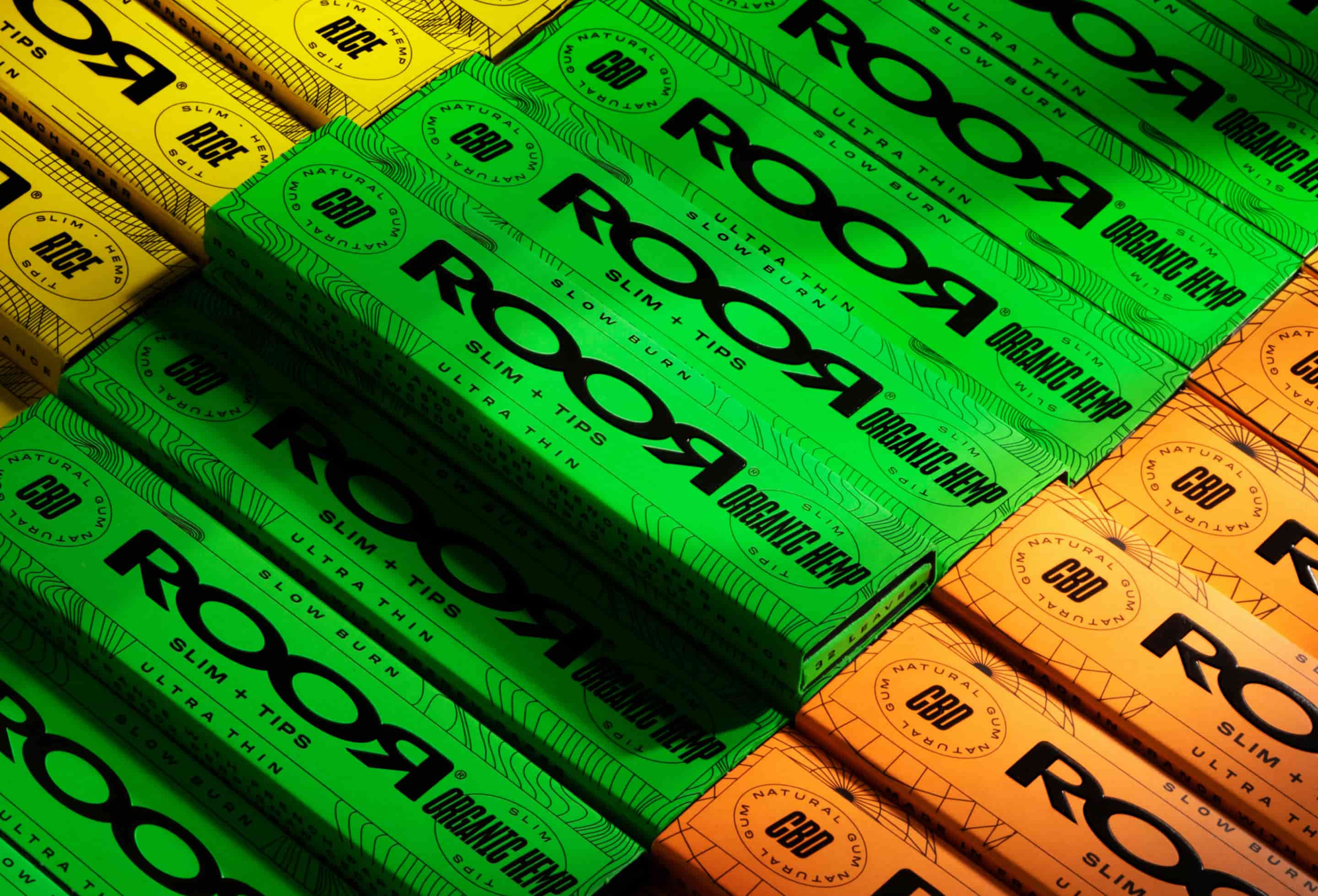Brand
Positioning

We identify the areas of opportunity for the brand in its market and define its positioning strategy with respect to its competitors. The objective is to find a place where the brand is relevant for its consumers and synthesize it into a brand platform that serves as an internal roadmap for the present and future of the company.

Why do we
need one?
Brand positioning is at the core of everything that makes up a brand. If it is not defined from the beginning or innovated upon to reposition itself, no one will believe that the brand deserves to continue to exist. If the brand doesn't do it, the target and the competition will do it for it (or worse, they won't and no one will know who it is), and it is the brand that should ensure that it is visible and in command of what it communicates and what is perceived of it.
What does it
consist of?
1
Immersion
Research phase where we carry out an analysis of the market in which the brand finds itself and reveal uncovered positioning gaps that represent a long-term business opportunity we can harness and occupy with the brand.

2
Strategy
Once we have learned about the positioning of the category or market, we start the strategy phase. This phase is characterized by divergent and creative thinking, as it involves developing the selected brand positioning proposal in a coherent (with the product or service it offers, its reputation, its vision, mission and values, among others) and meticulous manner. We need to stand out from the competition, and there is no better way to do this than with a brand positioning platform that surprises and innovates.
There are a great number of brand positioning platforms, and none is less valid than another, but the important thing is to work with platforms that are dynamic, versatile and adaptable to each client, and designed to cover all the aspects that the brand must address in the future. In this way, our platform is always adapted to the strategic needs of the account. This consists of the following sections:
- Conviction: What the brand believes in and the reality it wants to change.
- Brand purpose: The reason to exist, how to positively impact its consumers and ultimately, the world.
- Beliefs and values: Beliefs, corporate values, how the brand behaves.
- Target audience: The most important people among the key audiences, who the brand is targeting, and based on whom the research and brand imagery is developed.
- Insight: A universal truth that can be identified, either expressed or manifested, and that is shared among the people who make up the target audience.
- Promise: The brand's value proposition through which it reflects the desired future reputation of itself.
- Reason to believe: Brand attributes or qualities that support the brand's promise and differentiation.
- Personality: Qualitative attributes that distinguish the brand within the desired reference group, based on human characteristics, allowing the target to identify and empathize with the brand.
- Positioning: Text composed from the target, market context, brand promise, reason to believe and purpose that summarizes the brand's value proposition and synthesizes its position vis-à-vis the competition.

FAQS
-
What is a brand positioning strategy?
A brand positioning strategy is about focusing all brand activities towards a business model and staging that serves to obtain a valuable, concrete and differentiated perception in the mind of the target audience.
For this, brands need to know their points of parity and differentiation with the competition, their strengths and weaknesses, and the priorities of the target, in order to deliver a unique and striking brand image that matches their perception, positions them in their mind and is mutually beneficial.
-
What makes a good positioning statement?
A good positioning statement should be concise and packed with valuable and understandable information. The positioning of the brand platform should consist of target, market context, brand promise, reason to believe and purpose that summarizes the brand's value proposition and synthesizes its position in relation to the competition.
-
What types of positioning exist?
There are three types of brand positioning: functional, emotional and social.
Functional positioning bases its benefits on rational, practical and utilitarian aspects. This type of positioning is useful for brands with a product or service that is highly differentiated from its competition, or a brand proposal focused on innovation and the development of new solutions.Emotional positioning bases its benefits on experiential and intangible aspects. It is useful in highly saturated markets where functional differences are minimal or in products/services that offer a truly valuable and different consumption or product use experience.
The third positioning is social, and in this type of positioning, the definition of brand purpose is particularly important, as these are brands involved in social causes, debates that go beyond their products or services to directly affect the lives of their target audience. These brands must know their target audience, their values and their beliefs in depth, and be acutely aware of the coherence of their business activity with the social positioning they are communicating.
Let's talk
Together,we cancreatesomethingextraordinary
We will collaborate to find the right answer and bring progress to your business and to the world.
































